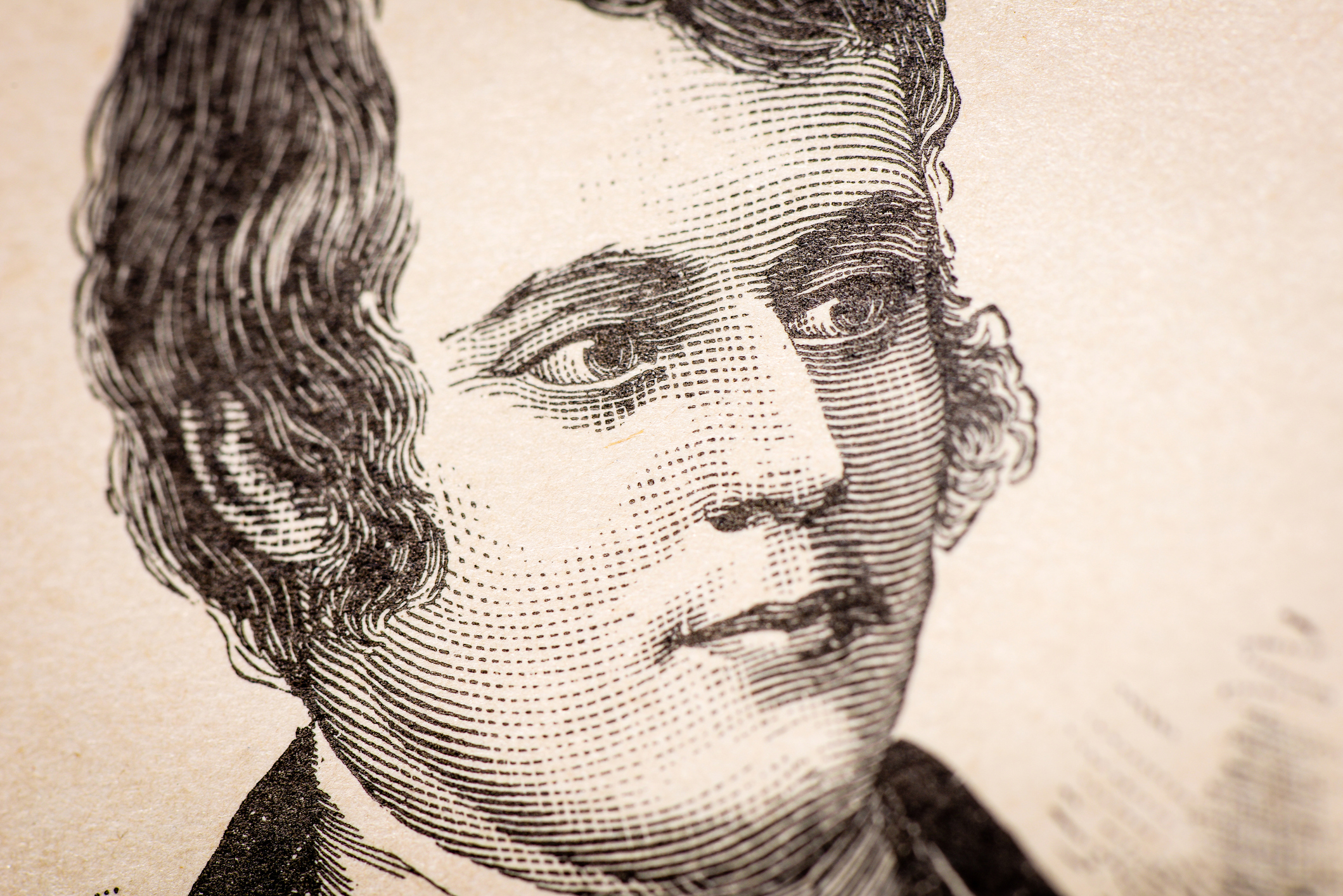Why do we celebrate Burns Night? Plus, 5 fun facts for kids


It's one of the biggest celebrations in the Scottish calendar, but why do we mark Burns Night? We look at the history, origins, and traditions.
It's that time of year again when the neeps, tatties and haggis are served and we celebrate the life of Robert Burns. It's a birthday party like no other, from the traditional Burns Night supper, reciting of poetry, bagpipe playing, plenty of ceilidh dancing - and maybe even a warming dram of whisky.
Why do we celebrate Burns Night?
Burns Night is celebrated in Scotland (and around the world) on January 25th each year. Considered the 2nd National Day after St Andrew's Day in November, it's historically the time Scots celebrate the life and works of poet and lyricist, Robert Burns - one of Scotland's most-known figures. One of his most famous works is Auld Lang Syne, a song traditionally sung on Hogmanay, after the clock strikes midnight, "Should auld acquaintance be forgot, and never brought to mind..." is how it goes.
The celebration is held on the day of or near the date of Robert Burns' birthday but it's not a national holiday for Scotland. It's also an opportunity to celebrate Scotland's enduring legacy of creativity.
Who is Robert Burns and what did he do?
Robert 'Rabbie' Burns, born on 25th January 1759, in Alloway on the Ayrshire coast of Scotland, in the family house (Burns Cottage) his father, William, had built with his own hands. He was the eldest of seven children. The house is now a museum, and still stands today, in the new affluent suburbs of the town of Ayr.
Robert came to fame as a poet when he was 27 years old. His lifestyle of wine, women, and song is what's made him famous all over Scotland. He wrote lyrics and songs in Scots and in English and had a significant influence on the later Romantic poets, such as William Wordsworth and Samuel Taylor Coleridge.
Before he was a poet, when he was a young boy he did a job that involved heavy physical farm work, in a harsh climate and on a very limited diet but it had already taken its toll. Robert had 12 children, to four different women, and nine children to his wife Jean but he died, aged 37, on the same day that his wife gave birth to their ninth child, a son, Maxwell. He is thought to have died after suffering from a type of rheumatic fever - a health issue that would have been easily treatable today but his condition is thought to have worsened by a course of sea-bathing in icy salt waters.
Parenting advice, hot topics, best buys and family finance tips delivered straight to your inbox.
Robert Burns' most famous poetry
- Auld Lang Syne
- Selkirk Grace
- To a Mouse
- A Red, Red Rose
- To a Louse, On Seeing One on a Lady's Bonnet at Church
- Ae Fond Kiss

How do you celebrate Burns Night at home?
A key part of any celebration is the Burns Night supper and the famous 'Address to a Haggis' - a traditional reading shared before the meal. As outlined above, bagpipe music and dancing are also key parts of the evening. Below the Words For Life as part of the National Literacy Trust has picked out a few more family-friendly ideas...
- Watch the Young Readers Story Club Scottish Folk Tales episode
- Play some bagpipe music and have a dance party in your living room
- Share stories and poems. We love this collection of easier Burns Night poems for children.
- Why not try writing your own poem
Burns Night - 5 fun facts for kids
- The first Burns Night was held in July - While traditionally Burns Night is celebrated on the 25th of January, the date of Robert Burn's birthday, the first-ever celebration of his life, was held on the date of his death in July. It was decided that they would move the celebration from his death anniversary to his birth date. But unluckily for the organisers, they got the date wrong, so one year the meeting was held four days after his actual birth date. In 1803 the Mother's Club, also known as Greenock Burns Club, looked up his birth date through Ayr Parish records and found his true birth date was in fact 25th January. The Burns Night suppers celebration has been held on this date for more than 200 years ever since.
- Robert Burns has a famous relative - Robert Burns had 12 children, and as a result of having so many, it's thought that he has more than 900 living relatives today. And one of the most famous of all these known known descendants, according to reports by $ The Scotsman$ , is Tommy Hilfiger. The well-known American fashion designer is Robert's great, great, great nephew. This is because Robert had a brother called Gilbert whose great granddaughter was Tommy Hilfiger's aunt.
- Robert Burns had a large head - While it's not nice to comment on people's appearance, it's claimed that Robert Burns had an unusually large head but this was only discovered after he died on 21st July 1796 aged 37. His body was exhumed in 1815 to be placed in a new mausoleum in the town of Dumfries. In order for this to happen, a plaster cast of his skull was taken for studying purposes and it was found to be larger than the average man's skull. People with a rather large head are considered to be of superior intellect. And while looking at him, his head size is not noticeable, the cast of the skull is larger than most, as reported by the $ Robert Burns Federation$ .
- It's tradition to hold a haggis up - Before tucking into the Burn's Night supper of haggis, neeps and tatties, a poem called Address to a Haggis is read out loud to diners before guests tuck into the delicious meal. But the reader of the poem, has a tricky job, as they have to lift the haggis during its final line, being careful not to drop it or get the poem wrong. Poems feature heavily in the celebrations there's even one read out in Scottish, the Selkirk Grace, and this is read out to launch the meal.
- Haggis is not welcome everywhere - it or not, authentic Scottish haggis, which is traditionally eaten on Burns Night is banned from the US. Since 1971 the American Department of Agriculture took issue with one of the key ingredients of haggis - that being the sheep's lung.
In other family news, there's another celebration to add to your calendar next month which is Galentine's Day - the phrase can feel cringe but here are 5 reasons why it's better than V-Day (and the best excuse to meet with mum friends who just get it) and Valentine's Day Origins to learn where the romantic day comes from.

Selina is a Senior Family Writer for GoodtoKnow and has more than 16 years years of experience. She specialises in royal family news, including the latest activities of Prince George, Charlotte, Louis, Archie and Lilibet. She also covers the latest government, health and charity advice for families. Selina graduated from the University of Sheffield in 2006 with a degree in Journalism, and gained her NCTJ and NCE qualifications. During her career, she’s also written for Woman, Woman's Own, Woman&Home, and Woman's Weekly as well as Heat magazine, Bang Showbiz - and the Scunthorpe Telegraph. When she's not covering family news, you can find her exploring new countryside walking routes, catching up with friends over good food, or making memories (including award-winning scarecrows!)